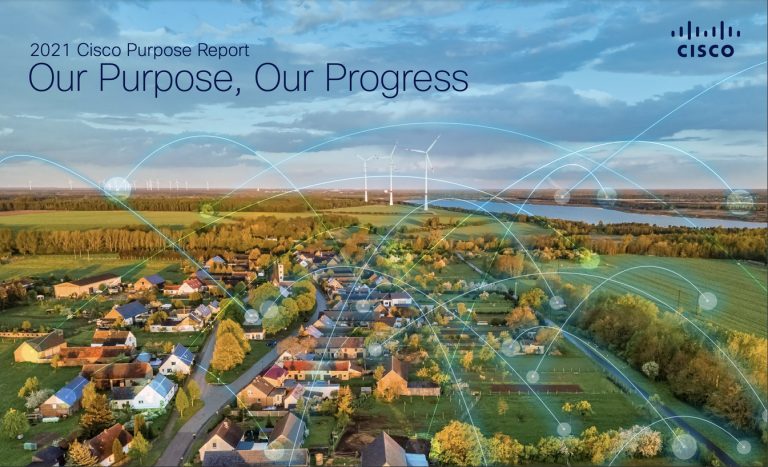5 ways Cisco is increasing product energy efficiency

The following is based on an excerpt from the 2021 Cisco Purpose Report, published on December 13, 2021.
Sustainability means protecting the Earth’s resources and ensuring a livable planet, not just today, but for generations to come. An inclusive future that provides promise and opportunity for all must include a deep focus on sustainability and address environmental impacts.
A key priority for Cisco is continuing to improve the performance of our products while maintaining, or decreasing, their energy use. This allows us to tackle our most significant source of emissions, make our products more competitive, help customers save on energy costs, reduce global energy demand, and meet regulatory requirements.
To decrease the GHG emissions associated with the use of our products, we must achieve “energy scalability” — products that deliver energy-efficient service for variable traffic types, traffic demands, customer usage, and installs. We are doing this by making investments in five areas that will have the biggest impact on improving our products’ energy consumption:
- Power: We are improving the efficiency of our products from plug to port, guided by our product power efficiency goal set in fiscal 2018. To meet this challenge, we continue to explore ways to reduce the overall resistance in our components through the use of more conductive materials, and we continue to investigate and adapt high-efficiency conversion technologies to improve the overall system-level efficiency.
- Cooling: Cisco is innovating to improve the ways we cool our products. Commonly used forced air-cooling systems have limitations in cooling higher-powered next-generation products. As such, we are exploring alternative methods of cooling (air flow, liquid, and refrigerant cooling) and continuing to optimize algorithms to reduce power.
- High-speed interconnects and application-specific integrated circuits (ASICs): Through advancements in optics, we can deliver increased bandwidth using the same or less power. These enhancements allow us to deliver significantly higher performance while maintaining, or reducing, energy use. Silicon One, our next-generation silicon design, provides more than twice the network bandwidth in a single ASIC than any other routing silicon, increasing our capacity from gigabytes per second to terabytes per second.
- Customer facilities: We are working with customers to reduce the amount of energy required to operate their IT facilities. New power solutions increase the efficiency of overhead power, avoid step-down transformers, and provide integrated cooling strategies. These end-to-end solutions reduce hardware requirements and energy consumption while providing a more integrated method for managing IT infrastructures.
- Power supply: Power supplies play a critical role in managing product energy efficiencies. We are working to offer more energy-efficient options for power supplies. For example, we have given customers the option of platinum or titanium 80 Plus rated power supplies whenever possible.
This moment represents an opportunity for every organization and every nation to reinvent themselves with a sustainable future in mind. With our technology, our people, and our global scale, Cisco can drive change and help deliver on the promise of a future that is both sustainable and inclusive.
To learn more about the progress we’re making to power a more inclusive future through CSR, visit our Cisco ESG Reporting Hub, where you can read our 2021 Cisco Purpose Report. 
Share:

